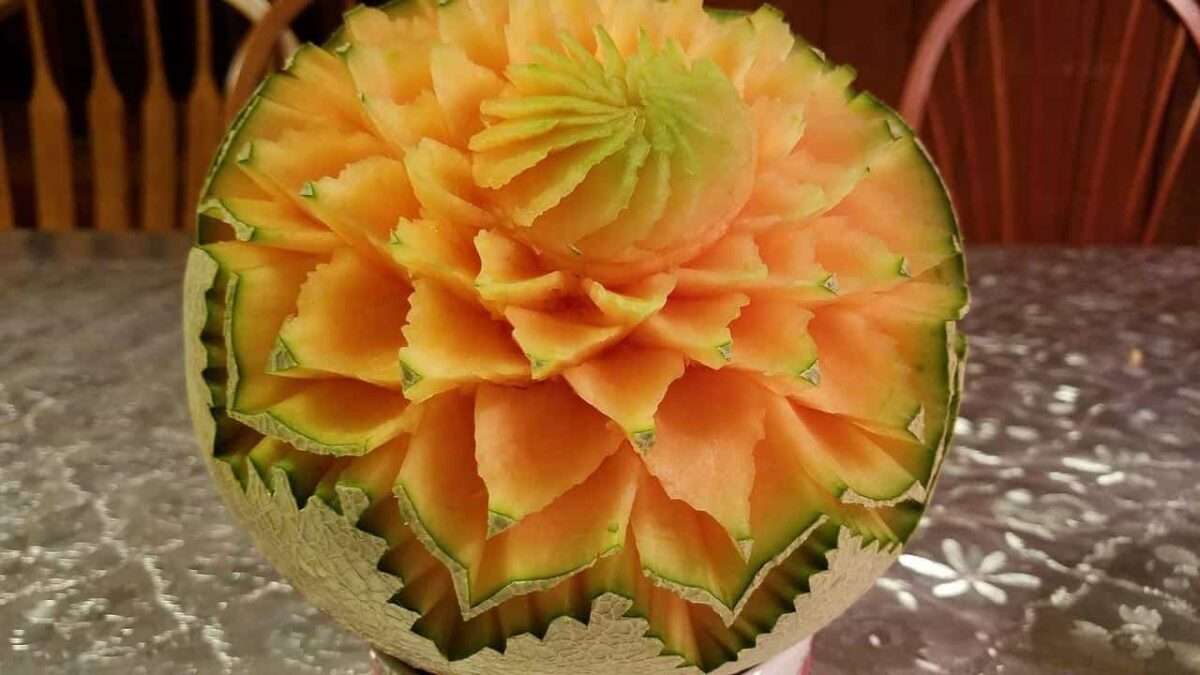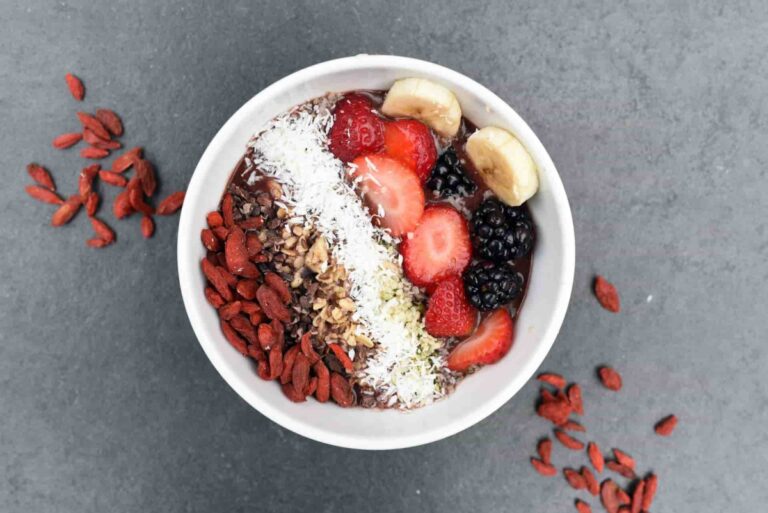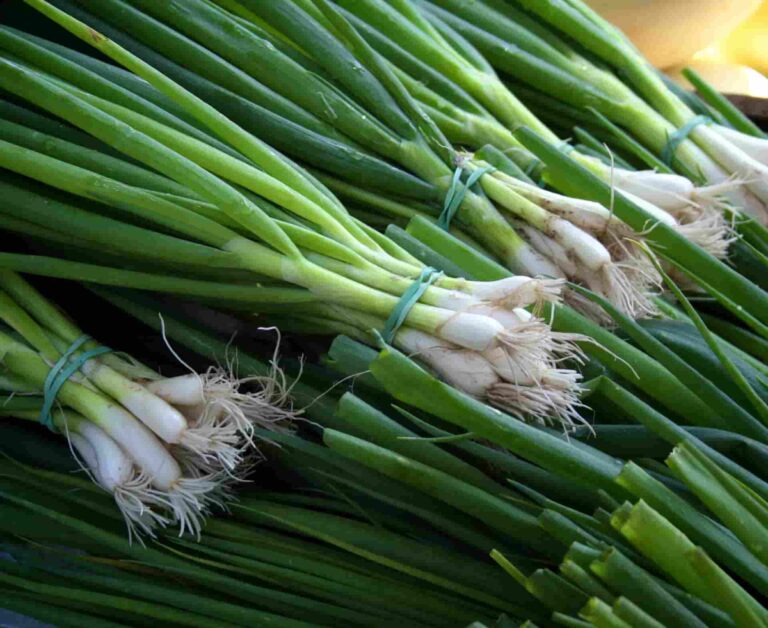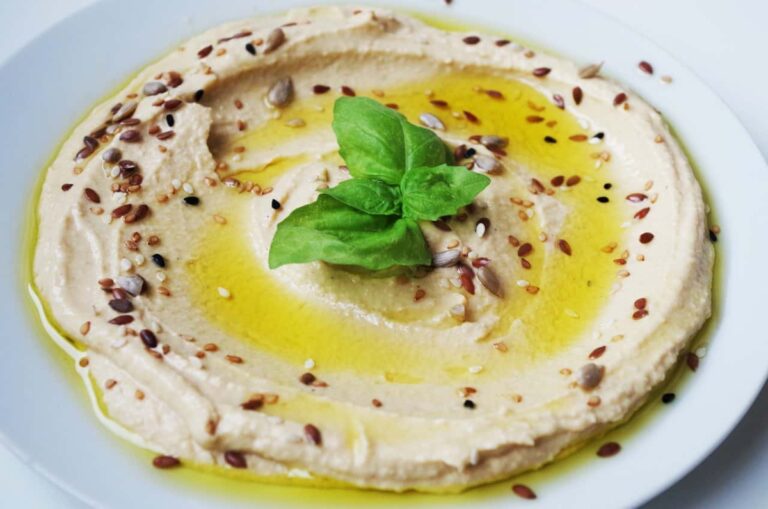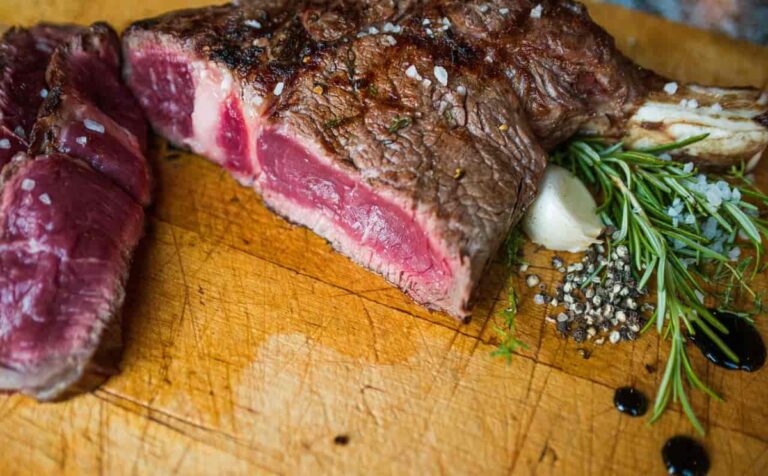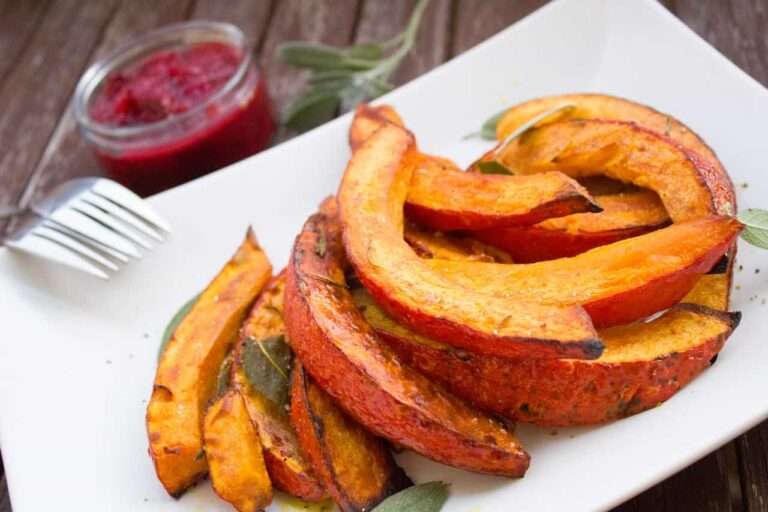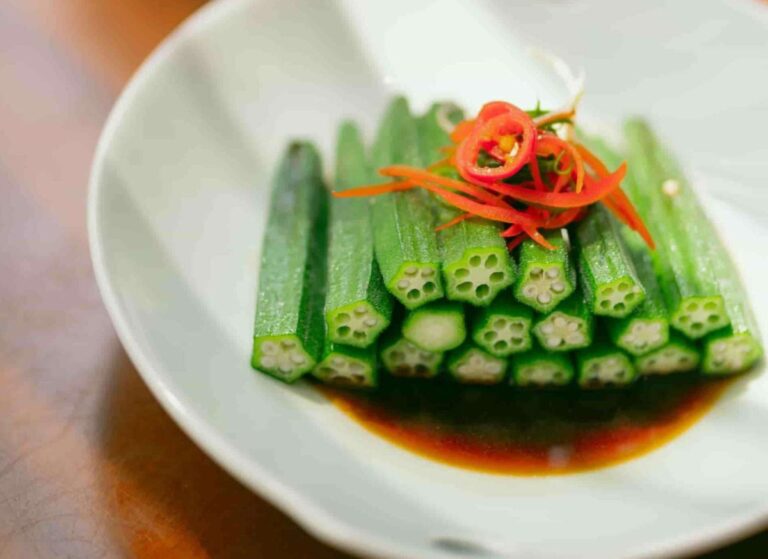37 free cantaloupe kitchen insights for you
Did you know that the village of Cantalupo in the Sabina region of Italy gave this fruit its name?
- The hamlet of Cantalupo in Sabina, which is located in the Sabine Hills close to Tivoli, Italy, was the inspiration for the naming of the cantaloupe. Tivoli is the summer seat of the Pope. Cantaloupe seeds originated in Armenia and were brought to the Papal Gardens in the 16th century, where they were planted. These gardens are still in operation today.
- Some people believe that they date back to the biblical period in Egypt and Greece, possibly as far as 2400 B.C. Some people believe that they date back to the biblical periods in Egypt and Greece. Others maintain that they originated in India, Armenia, or Persia (now known as Iran). One thing is for certain, though, and that is that ancient Egyptians enjoyed eating melons in some form.
- Cantaloupes weren’t available in North America until 1494, when Christopher Columbus made his second trip to the New World and brought some back with him. Cantaloupe seeds were sown and distributed to the local inhabitants, who showed a great deal of excitement upon tasting the new fruit.
- In the year 2016, the price of two ‘luxury’ cantaloupes in Japan was set at 3 million yen. When converted to current currency, this equals around $27,240. No, you did not see a typo there. In reality, the “luxury fruit” sector in Japan is thriving, and watermelons continue to be some of the most in-demand items available there (including square and pyramid-shaped ones).
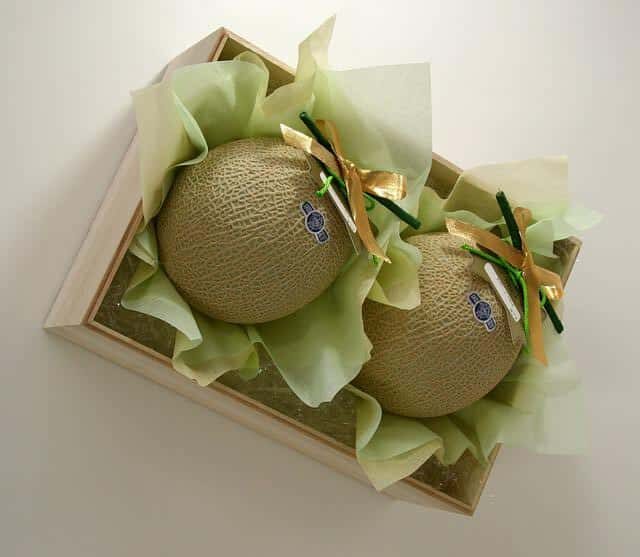
Cantaloupe nutrition values and health benefits
- Cantaloupe is an excellent source of numerous minerals and vitamins, including potassium, calcium, magnesium, phosphorus, and zinc, as well as vitamins C, A, and B9.
- One cup of cantaloupe contains 72% of the daily recommended intake of vitamin C, which is based on a diet consisting of 2,000 calories per day. Cantaloupe is the fruit with the highest concentration of vitamin C. Additionally, one cup contains a whopping 33 percent of the recommended daily need for vitamin A.
- Aside from consuming an adequate amount of water, eating fruits that are high in water content, such as cantaloupe, will also help you stay hydrated. On a hot day, cantaloupe is an excellent choice for a snack because it contains more than 90 percent water. In addition to that, it is an excellent supplier of the electrolyte potassium.
- Low potassium consumption has been linked to increased dangers to one’s health, including severe dehydration. Examining the colour of your urine is the quickest and most reliable method for determining whether or not you are receiving an adequate amount of fluids. It ought to be a very light yellow. Urine that is a dark yellow or amber colour may be an indication of dehydration.
- Because of the high beta-carotene concentration, cantaloupe is considered to be one of the best foods for maintaining healthy eyes. Cantaloupe is coloured orange due to the presence of the same vitamins that give carrots their orange hue. These vitamins also contribute to the health advantages of cantaloupe. Cantaloupe, in addition to containing beta carotene, also contains lutein and zeaxanthin, both of which are fat-soluble antioxidants that belong to the group of carotenoids known as xanthophylls.
- The strong antioxidant activity of cantaloupe assists in scavenging free radicals prior to their ability to cause damage. It has been demonstrated that an extract made from the peel and seeds of cantaloupe can inhibit the growth of tumour cells in the colorectal region, the cervical region, and the kidney.
- Cantaloupe, like many other fruits, has potassium levels that are naturally high and sodium levels that are naturally low. One cup of cantaloupe balls contains 473 milligrams of potassium. This remedy for high blood pressure, which consists of a high potassium content and a low sodium content, works quite well.
- Cantaloupe is another option that is good for your heart. Cantaloupe and other foods high in potassium, including cantaloupe, are associated with a lower risk of developing hypertension and having a stroke.
- Cantaloupe may cause an allergic reaction in people who suffer from oral allergy syndrome (OAS), particularly if these individuals are also allergic to grass. In more severe cases, symptoms may include itching as well as swelling of the mouth, face, lips, tongue, and throat. In addition, patients with this condition may have difficulty breathing or swallowing.
- According to the beliefs of some people, cantaloupe shouldn’t be eaten in the evening. This is said for a few different reasons by various people. The first reason is that since cantaloupe is so high in water content, consuming it too soon before bedtime may result in your needing to get up several times during the night to use the restroom.
- Others believe that due to the high sugar content, it should not be consumed right before going to bed because it may cause your blood sugar to increase, which may cause you to remain awake.
100g of cantaloupe has 34 calories(142kj), 0.8g protein, 0g fat, and 8g carbs, including 0.9g fibre.

How to store cantaloupe and how to buy them
- You should look for a cantaloupe to buy that does not have an end that is jagged or shredded, a lumpy end that sticks out of the fruit, or nubs of stem that are still attached. Because these were gathered at an inappropriately early stage, their flavour won’t be very good. Pick a melon that has a depression at one end that is smooth and round like a “belly button,” rather than one that is lumpy and uneven like a “belly button.”
- Avoid purchasing melons that have any punctures, dents, or patches of brown or black coloration. If there is only one patch of discoloration, it is most likely on the side of the melon that was sunburned while it was growing or on the side that was hit by the melon when it fell to the ground. In the vast majority of instances, this will not have any impact on the flavour.
- Take note of the hue as well as the texture of the rind. Cantaloupes that have reached their full maturity have rinds that are yellow, brown, or cream in colour. Certain components stand out more than others and are raised slightly above the surface, which is otherwise covered in a webbed pattern. Cantaloupe that has not yet reached its peak ripeness has a skin that is greyish green in colour and is covered by a thin, flat web.
- The refrigerator is the ideal storage environment for cantaloupe. The crisp texture of the melon will be preserved as a result of the cool temperature, which also decreases the possibility that germs will emerge. For optimal results, keep the melon between 2.2 and 5 degrees Celsius. There is a good chance that the crisper drawer that is currently present in your refrigerator is already included in this category.
- Take extra precautions when handling cantaloupe. Salmonella and other pathogens have been discovered in cantaloupes, and the majority of consumers are unaware that they need to exercise caution when handling the fruit. When you have finished bringing the cantaloupe inside, wash your hands thoroughly with soap. First, you should scrub the melon. It’s possible that the knife will transfer bacteria from the melon skin onto the fruit itself. Because of the webbed design, it is recommended that you scrub the surface with a clean brush or with your fingers. Following that, blot it dry with some paper towels.
- Throw away cantaloupes that meet the following criteria:
- It should have a light, hollow, or extremely soft feel. If the inside of the melon seems hollow or the rind is mushy, it has lost the majority of its water content and is no longer edible.
- have significant bruising or discoloration in certain locations. You are able to chop off some little damaged sections, but after a quarter of the rind has turned brown, it is time to throw it away.
- Put out the odour. Toss it out if it smells sour or unpleasant rather than sweet and pleasant, and do so as soon as you can.
- They are either sliced up and left in storage for an excessive amount of time, or they become mouldy. If your half of the cantaloupe has been in the refrigerator for more than a week, you should throw it out. The same applies if there is any visible evidence of mould on either the container or the bag.
- If you finally see that the peel is beginning to soften, this indicates that the melon is getting close to becoming overripe, and the ideal time to do something about it is right now. You have the option of eating it the same day it was prepared, or you can cut it up and store it in the refrigerator for up to two days before eating it.
- Frequently, cantaloupes are frozen to make them available during the winter. Due to their high water content, they are easy to freeze. In particular, if you appreciate the taste and texture of fresh, crisp cantaloupes, it is best to consume them while they are in season. Storing them is a fantastic way to maintain an ample supply of melons. The following is a detailed procedure for freezing cantaloupes:
- Before freezing, divide the cantaloupes in half and remove the seeds. After that, use a sharp knife to trim the rind. Remove as much flesh as possible using a spoon. Freeze the halves for at least one hour on a baking sheet. Remove them from the baking sheet the following day and store them in food-safe jars or bags.
- Place the cantaloupe cubes in a baking dish. Additionally, it is easier to remove the frozen items if the tray has been lined with plastic wrap, parchment paper, or wax paper. Place the tray in the refrigerator to rapidly freeze the cantaloupe.
- Once the pieces have frozen solid, place them in vacuum-sealed freezer bags. To remove air from bags, use a straw or a suction sealer. Alternately, you can submerge the open bag in water while keeping the open end just above the surface. Consequently, air bubbles are quickly expelled from the bag. To avoid the reintroduction of air, the bag must be sealed while the contents are still submerged.
- Several individuals puree frozen cantaloupe, then freeze the chunks in ice cube trays and put them in Ziploc bags. With the ice cubes, serve wine spritzers and fruit teas. One can also make a delicious fruit compote by freezing cantaloupe, honeydew, and watermelon cubes. For optimal quality, use frozen watermelon puree or pieces within nine to twelve months.
- Following the preceding method for freezing cantaloupe, it is now possible to freeze cantaloupe with ease. Cantaloupe slices ought to be stored in freezer bags. Cantaloupes can be properly frozen and stored for up to six months. Cantaloupe that has been frozen is a good option for a quick dinner or snack. They will be just as tasty after six months in the freezer as they were when they were fresh.
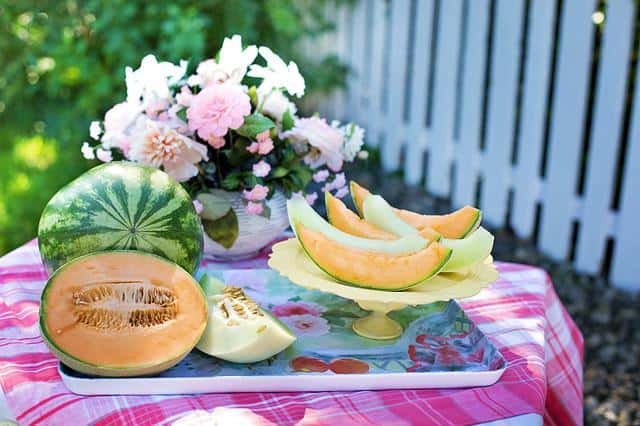
Cooking techniques, secrets, and tips from the kitchen
- No longer are cantaloupes utilised just for the purpose of inclusion in fruit salads. They take on an even higher level of deliciousness when combined with salty ingredients such as olives or feta cheese. You might also serve them with seafood like squid as an alternative.
- The melon should be cut into cubes, and then it should be combined with the lime juice, cilantro, scallions, chilies, and herbs to produce a salsa. This salsa is delicious with shellfish and seafood in general (or even chips). You could also use melon and avocado to create a wonderful salsa for scallops.
- Cantaloupe chunks, cherry tomatoes, and cubes of feta cheese should be threaded onto skewers, and a vinaigrette should be placed on the side for dipping.
- Cantaloupe puree can be frozen and then scraped into a fluffy ice using a spoon; alternatively, it can be frozen in ice cube trays to make cantaloupe ice pops (or other frozen treats). You can make sorbet, which will have a “creamier” consistency, by pouring the puree into an ice cream machine and freezing it.
- Before adding it to a salad with prosciutto or serving it for dessert drizzled with lime syrup, cantaloupe should be charred to turn its natural sugars into a caramelised flavour.
- Don’t toss out that watermelon rind just yet; it can be used in the preparation of pickles. When served with a quick pickle, the flesh of cantaloupe and honeydew melons is also delicious. This is especially true when the melons are accompanied by hearty meat dishes.
- If you find yourself resenting a poor-quality cantaloupe that is very watery, you should cut it up and roast it in a pan on the stove. The cubes start to fall apart a little bit as a result of the fact that they have lost some of their water weight. In the end, you have a product that is richer, more subtle, and more of a treasure, with only a little bit of charring around the edges. You can eat it as it is, or you can add it as a topping on cereal, yoghurt, or buttery pastries. Alternatively, you can puree it and turn it into popsicles for a cool and refreshing treat.
- Cantaloupe pairs well with clementine, blackberries, blueberries, coriander, oranges, grapefruits, ginger, lemongrass, lemon verbena, limes, lemon verbena, mint, strawberries, and vanilla. Champagne, Cointreau, Curaçao, port, sake, sweet white wines, and tequila pair well.
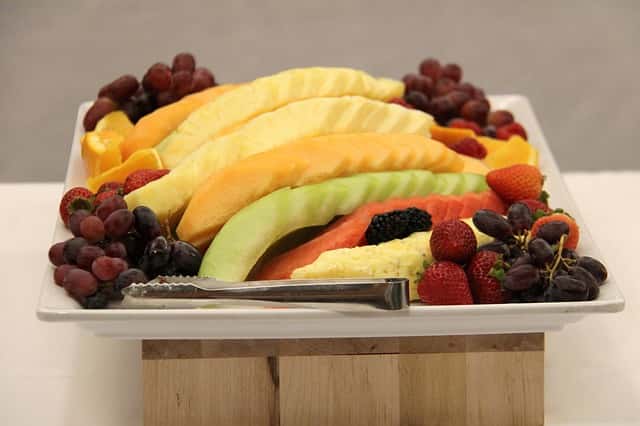
History of cantaloupe from the beginning until today
- Food historians have been unable to put their finger on exactly where the melon came from. Some people believe that people first started eating melons in Afghanistan, while others think it was in Persia. Still others think it was in Armenia.
- As early as 2400 BCE, Egypt, Iran, and Northwest India were all cultivating cantaloupes for consumption. Artwork from the time period in Egypt features melons in many forms. There was no distinction made in ancient times between cantaloupes that were netted and those that were not netted (honeydew).
- In his garden, Charlemagne experimented with growing different kinds of fruits and vegetables. Around the year 800 CE, melon plants were introduced into his royal gardens. He most likely discovered them in Spain, where the Moors had originally planted them hundreds of years earlier. In spite of Charlemagne’s passion for melons, it wasn’t until many decades later that they became popular in France.
- Between the years 1254 and 1324 CE, Marco Polo made a pit stop in the Afghan city of Shibarghan on his trip to China. He confirmed what he had believed all along. They slice the melons up like leather and dry them in the sun until they become as sweet as honey in order to produce enormous quantities of dried melon that are considered to be among the best in the world. You also need to understand that they are a commodity that can be purchased almost anywhere in the country.
- Cantaloupes were planted in North America by the 1600s, stretching from Florida to New England, although they did not gain widespread popularity until the nineteenth century. After the end of the Civil War in 1865, cantaloupes quickly became one of the most important crops in the United States.
- Last year, the global production of melons (including cantaloupes) totaled 31.2 million tonnes, with China accounting for 51% of the total (15.9 million tonnes). Additionally, Turkey, Iran, Egypt, and India each produced between 1 and 1.9 million tonnes of cantaloupe, which contributed significantly to the overall quantity produced worldwide.
- California produces 75% of the cantaloupes that are consumed in the United States.
